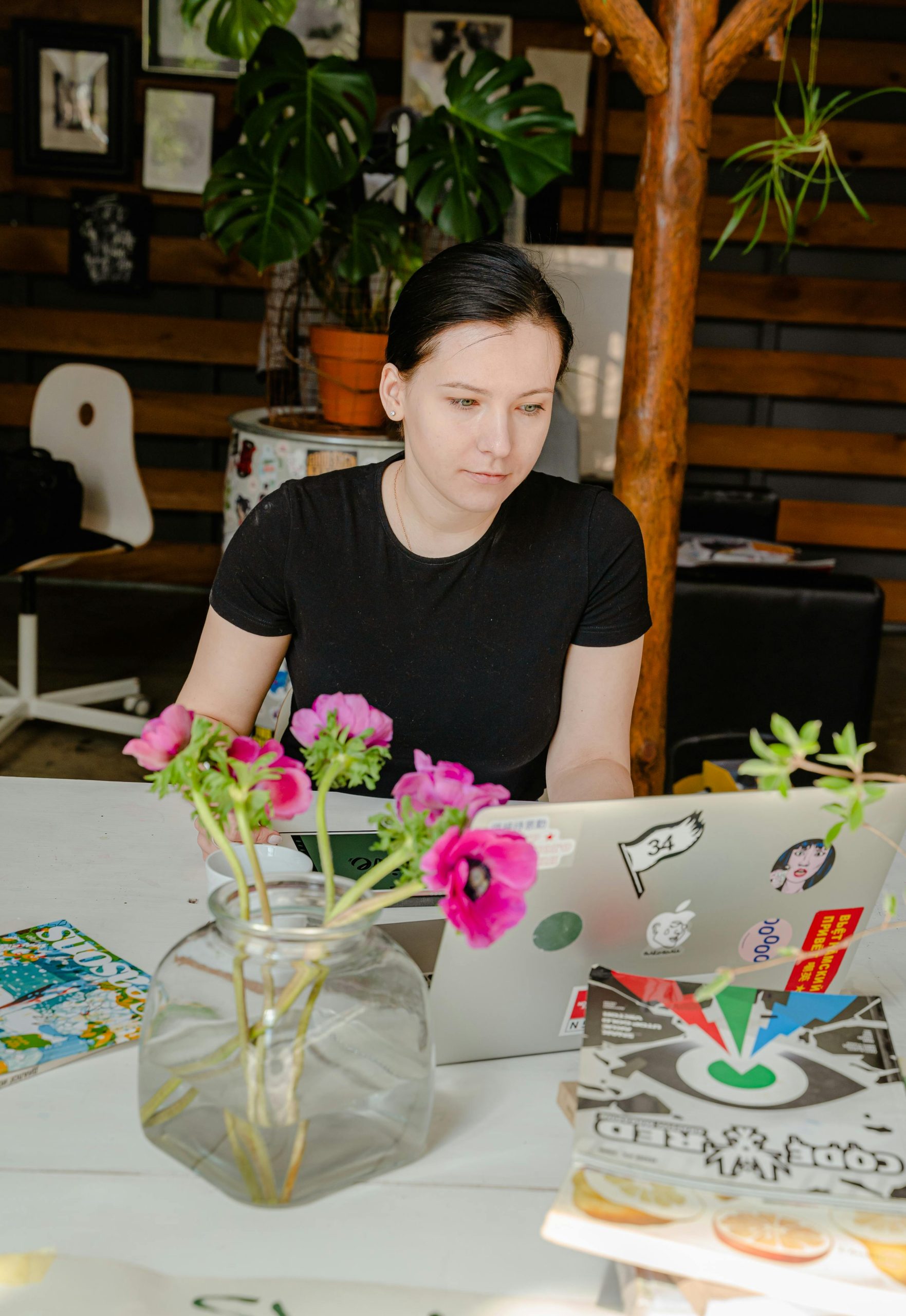Starting a freelance career can feel overwhelming, especially when you don’t have prior experience to showcase. But here’s the good news: every successful freelancer started somewhere, and a strong portfolio is your ticket to landing those first clients—even if you’re a complete beginner. A well-crafted freelance portfolio highlights your potential, skills, and dedication, convincing clients to take a chance on you. In this guide, we’ll walk you through the steps to create a winning freelance portfolio with zero experience.
1. Identify Your Niche and Skills
Before you start building your portfolio, you need to know what services you’re offering. Freelancing covers a wide range of fields, from writing and graphic design to web development and virtual assistance. Ask yourself:
- What am I good at? Even without formal experience, you likely have skills you’ve developed through hobbies, education, or personal projects.
- What do I enjoy doing? Freelancing is more sustainable when you’re passionate about your work.
- Is there demand for this skill? Research job boards like Upwork or Fiverr to see what clients are looking for.
Once you’ve identified your niche, focus on refining those skills. Take free online courses, practice regularly, and document your progress—these efforts will become the foundation of your portfolio.
2. Create Sample Projects
No paid work? No problem. Clients want to see what you can do, even if it’s hypothetical or self-initiated. Here’s how to create compelling samples:
- Mock projects: Design a logo, write a blog post, or build a simple website for a fictional company.
- Personal projects: If you’re a writer, start a blog. If you’re a designer, create social media graphics for a passion project.
- Volunteer work: Offer free services to nonprofits or small businesses in exchange for testimonials and real-world examples.
Treat these projects as if they were for paying clients. Pay attention to quality, deadlines, and professionalism—this demonstrates your work ethic and attention to detail.
3. Build a Simple but Professional Portfolio
Your portfolio doesn’t need to be fancy, but it should be clean, easy to navigate, and professional. Here’s how to structure it:
Choose the Right Platform
Options include:
- Free website builders: WordPress, Wix, or Canva for simple, drag-and-drop designs.
- Portfolio-specific sites: Behance (for designers), Contently (for writers), or Dribbble.
- PDF or Google Drive: If you’re just starting, a well-organized PDF can work for applications.
Essential Portfolio Sections
- Homepage: A brief introduction about you and your services.
- Work samples: Showcase 3-5 of your best projects with descriptions.
- About Me: Share your background, skills, and why you’re passionate about freelancing.
- Contact: Make it easy for clients to reach you.
Keep the design minimal—let your work speak for itself.
4. Leverage Testimonials and Social Proof
Even without paid experience, you can gather social proof to build credibility:
- Ask for testimonials: Reach out to friends, mentors, or anyone you’ve helped (even informally).
- Display course certificates: If you’ve taken relevant courses, include them to show your commitment.
- Highlight personal achievements: Did you win a contest or receive praise for a project? Mention it!
Testimonials add trust and show clients that others vouch for your abilities.
5. Promote Your Portfolio and Start Pitching
A portfolio is useless if no one sees it. Here’s how to get your work in front of potential clients:
- Freelance platforms: Create profiles on Upwork, Fiverr, or Freelancer.com and link to your portfolio.
- Social media: Share your work on LinkedIn, Twitter, or Instagram with relevant hashtags.
- Cold pitching: Research businesses or individuals who might need your services and send personalized emails.
Don’t wait for clients to find you—be proactive and confident in reaching out.
Building a freelance portfolio with no experience is entirely possible if you focus on showcasing your potential rather than your past work. By identifying your skills, creating strong samples, and presenting them professionally, you’ll convince clients to take a chance on you. Remember, every freelancer starts at zero—what matters is your willingness to learn, improve, and put yourself out there. Start today, and soon, you’ll have a portfolio filled with paid projects and success stories.
